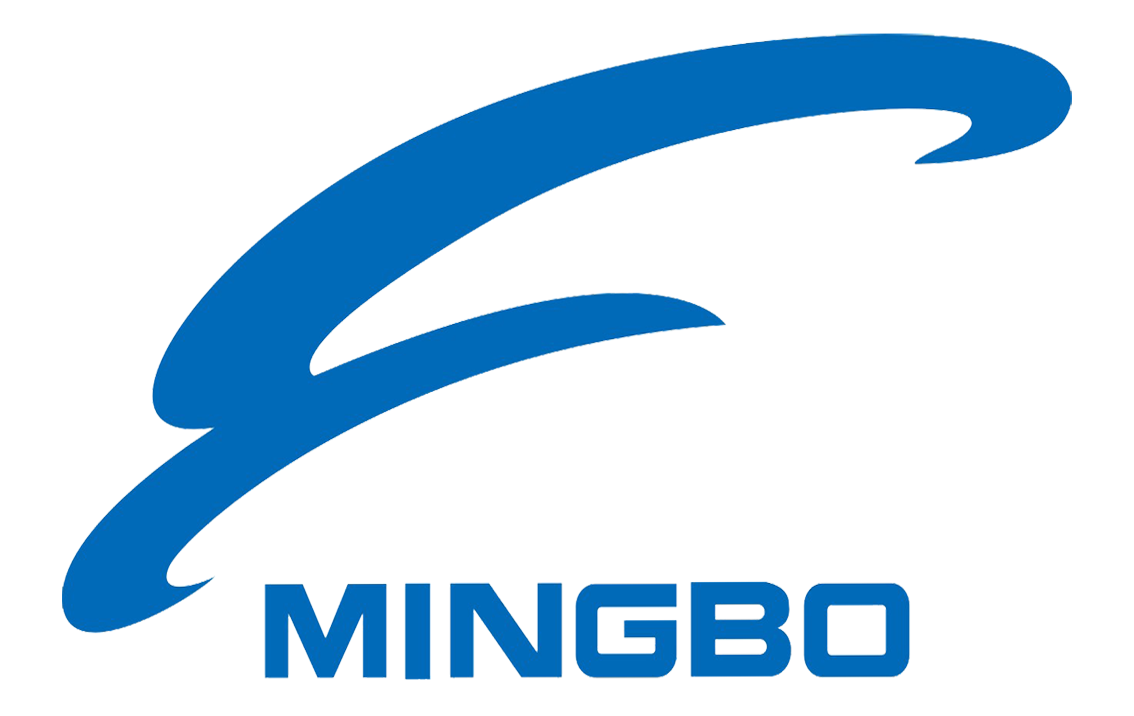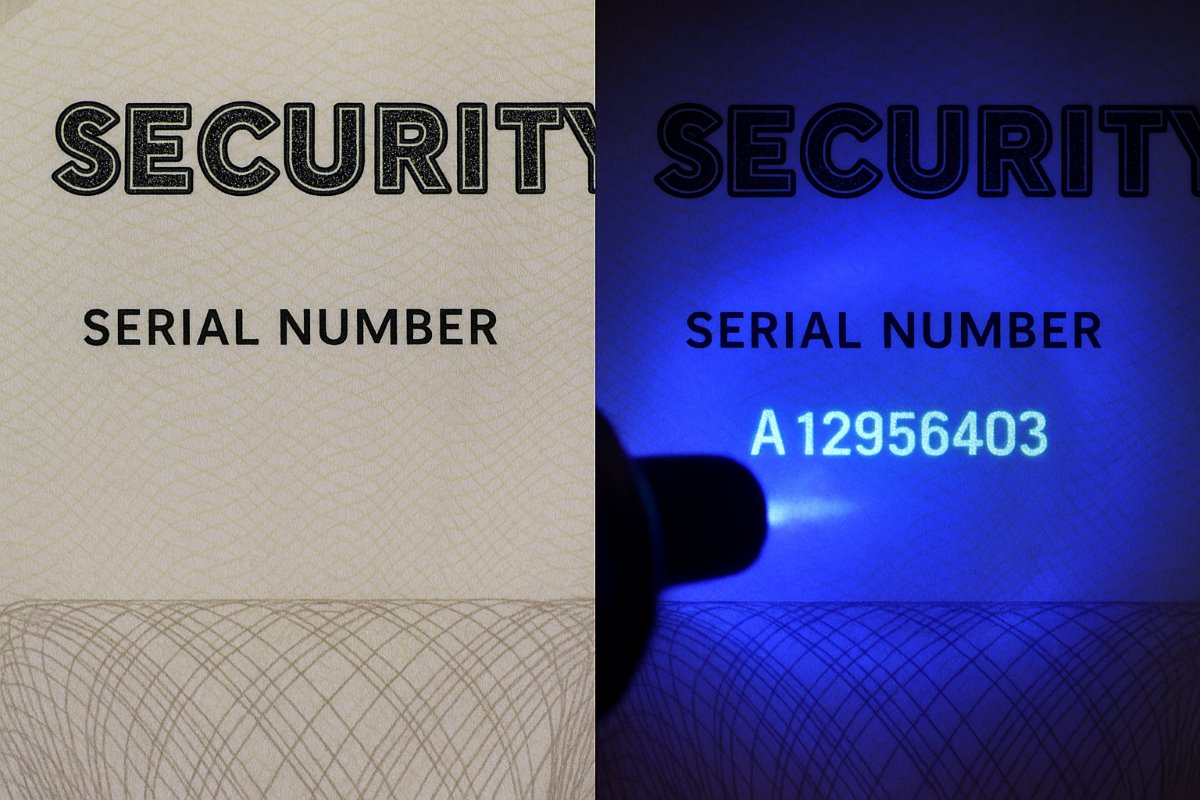Infrared invisible inks are transforming security in industries where counterfeiting and forgery pose major risks. Unlike traditional inks, these advanced formulations are not visible under normal light. Tuy nhiên, under infrared (Và) ánh sáng, they reveal coded messages, barcodes, batch data, or authentication marks that remain hidden to the naked eye.
Used in combination with security design elements and automated verification systems, infrared invisible inks are a highly effective deterrent against unauthorized duplication. As traceability, product integrity, and regulatory compliance become top priorities across global markets, demand for this technology continues to grow rapidly.
Below, we explore the top five industries that benefit the most from integrating infrared invisible ink solutions into their operations.
1. Government and Secure Document Printing
Perhaps the most mission-critical use of infrared invisible inks lies in the protection of government documents. These include passports, Thẻ ID, driver’s licenses, voter registration certificates, and tax forms.
Given the high stakes of identity theft, electoral fraud, and forgery, national security agencies and printers of official documents rely heavily on covert IR-marked patterns to verify authenticity. These markings are machine-readable but human-invisible, supporting both manual inspection and automated scanning.
Hơn thế nữa, when layered with UV features and holograms, infrared inks become a central part of multi-layered authentication systems. These systems are essential in preventing the duplication of identity credentials.
2. Pharmaceuticals and Healthcare Packaging
In the pharmaceutical industry, drug safety and traceability are paramount. Counterfeit medications cause thousands of deaths globally each year and severely impact patient trust.
As a result, infrared invisible inks are widely adopted to embed batch codes, expiration dates, and product serial numbers into drug packaging. These codes allow supply chain stakeholders—from manufacturers to customs officers—to verify product authenticity without alerting counterfeiters.
Furthermore, IR features do not interfere with visible packaging design, ensuring clean branding while enhancing anti-counterfeit protection. Especially in regulated markets such as the EU and US, invisible traceability is now part of compliance systems like serialization mandates and track-and-trace protocols.
3. Tobacco and Alcohol Industry
The high tax burden and regulatory scrutiny surrounding tobacco and alcohol make them frequent targets for counterfeiters. Illicit trade in these goods leads to massive tax revenue losses for governments and undermines health regulations.
Infrared invisible inks allow manufacturers to print covert tax stamps, production codes, and geolocation-specific data on cartons, bottles, and boxes. These markings are undetectable to the public but easily scanned during audits or border inspections.
Ngoài ra, covert codes printed with infrared traceable inks support mobile verification by law enforcement. In combination with tamper-evident labels and QR-linked authentication, these inks are an essential layer in the industry’s fight against illegal distribution.
4. Luxury Goods and Fashion Labels
In high-end fashion, Mỹ phẩm, đồng hồ, and accessories, brand protection is a serious challenge. As counterfeits become more sophisticated, brands must embrace covert verification systems.
Infrared invisible inks provide a non-disruptive solution for embedding authentication into logos, stitching guides, tags, and certificates of authenticity. These inks enable discreet validation without altering visual aesthetics or affecting consumer experience.
Many brands now combine IR inks with RFID, blockchain systems, and serial numbering to track the entire lifecycle of luxury goods—from manufacturing to retail. Notably, IR codes are also useful for auditing returns and detecting unauthorized resellers.
5. Industrial and Automotive Parts
In industrial sectors—especially aerospace and automotive—component authenticity and tracking are vital for safety and recall management. A single counterfeit brake part or turbine blade can lead to disastrous failures.
To ensure traceable manufacturing, many OEMs (Original Equipment Manufacturers) print internal codes, part numbers, or calibration markers using infrared invisible inks. These codes remain intact under harsh operating conditions, such as high temperature and friction.
By embedding IR-based batch or lot codes, OEMs improve quality control, streamline audits, and accelerate root-cause analysis during failure events. Hơn thế nữa, it provides end-users with a discreet method of verifying supplier authenticity during procurement.
Beyond the Big Five: Niche Uses in Education, Currency, and Event Tickets
While the five industries above are the largest adopters, many niche applications benefit from infrared inks. Examples include:
- University diplomas and certificates to prevent fraudulent academic claims
- Currency printing, where multi-level security features are essential
- Event and concert tickets, where counterfeit stubs often result in revenue loss
- In each case, IR-based covert markings act as invisible guardians of legitimacy.
Why Infrared Inks Excel as a Covert Solution
Infrared invisible inks are superior for covert protection due to several factors:
- Non-intrusive application – they don’t interfere with visible designs
- High-speed readability – ideal for automation and verification
- Resistance to duplication – undetectable with commercial scanners
- Compatibility with diverse substrates – from paper to plastics
- Long-term stability – does not degrade under normal light exposure
Hơn thế nữa, these inks can be custom-formulated to match the wavelength of IR sensors, increasing system reliability and detection accuracy.
Considerations for Infrared Ink Integration
While powerful, integrating IR inks requires technical planning. Businesses must:
- Select appropriate substrates and press technologies
- Match ink properties with existing inspection systems
- Train QA teams on detection workflows
- Maintain ink invisibility across the full lifecycle of the product
Partnering with experienced suppliers like Mingbo, who offer custom formulation, ensures smooth deployment. Our team supports clients with ink compatibility testing, regulatory compliance advice, and scalable bulk supply solutions.
Phần kết luận: Securing the Unseen
In a world driven by fast-moving goods and complex supply chains, security must evolve beyond visible features. Infrared invisible inks allow industries to secure data, verify origin, and deter forgery—all without alerting bad actors.
From secure documents to luxury labels and drug packaging, these inks prove that the strongest protection often lies in what can’t be seen.
For businesses ready to embed invisible trust into their products, Mingbo delivers precision-engineered infrared inks that perform globally, covertly, compliantly, and custom.




